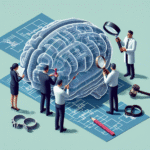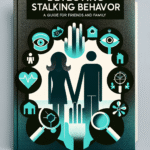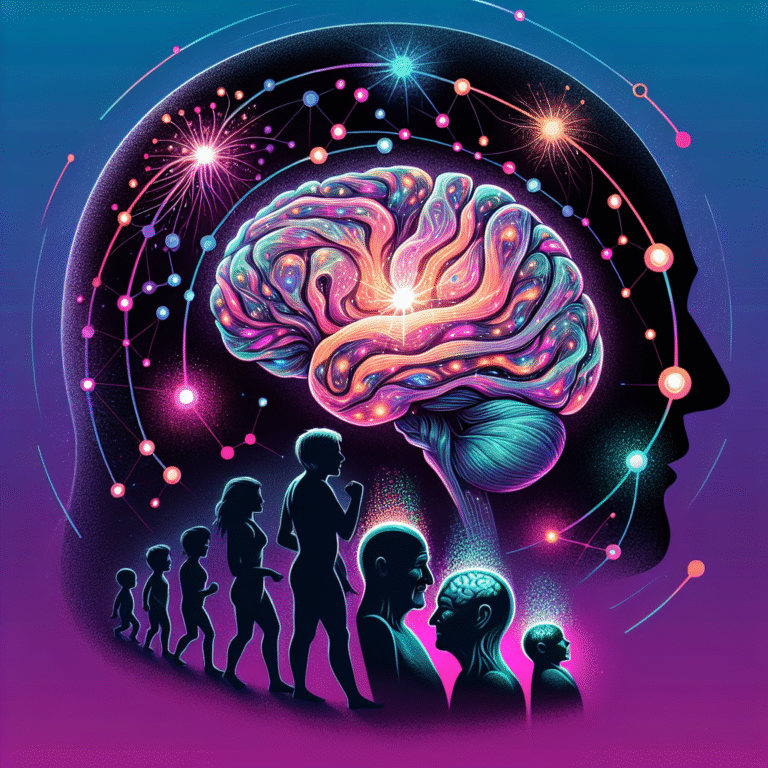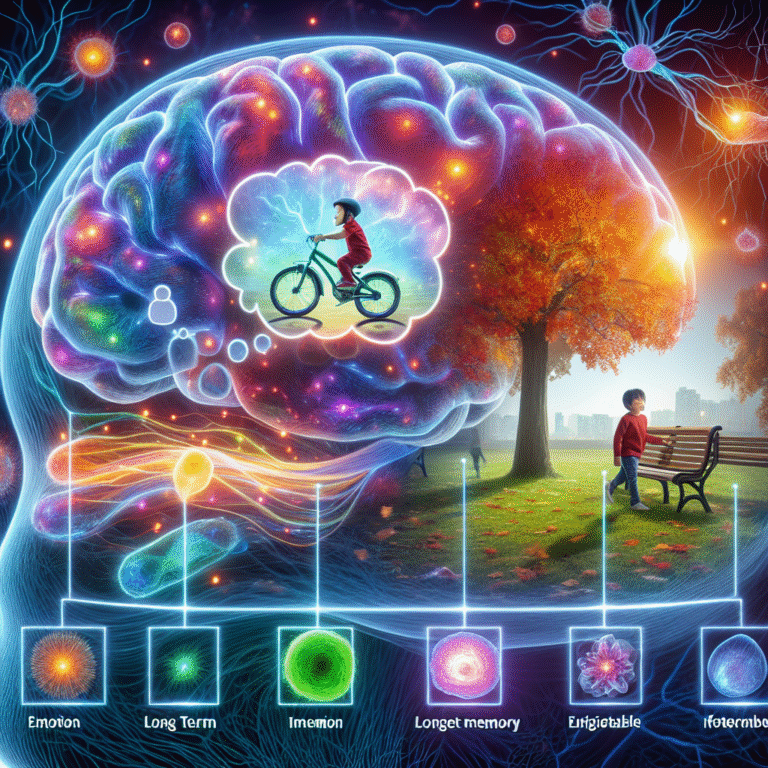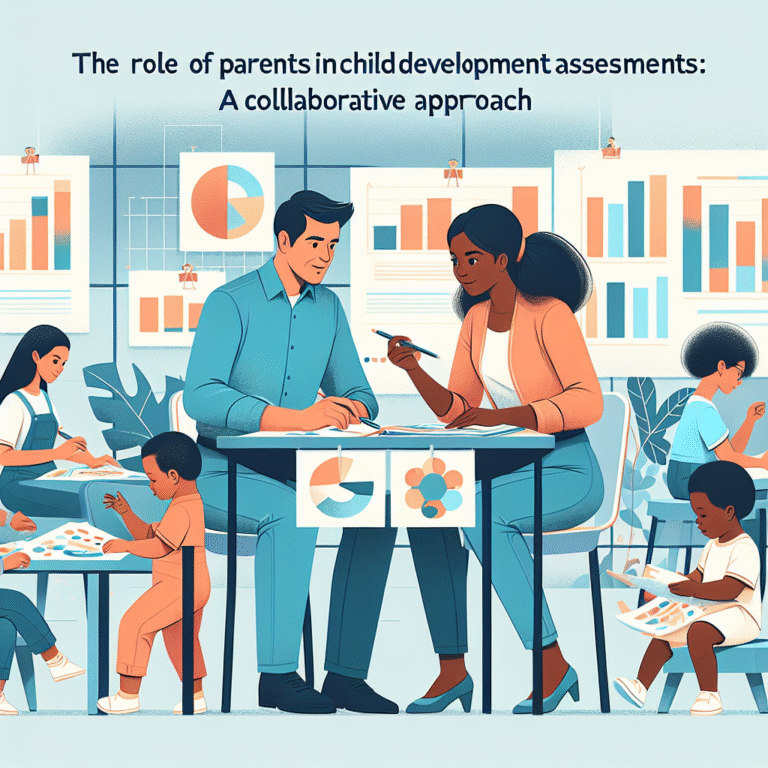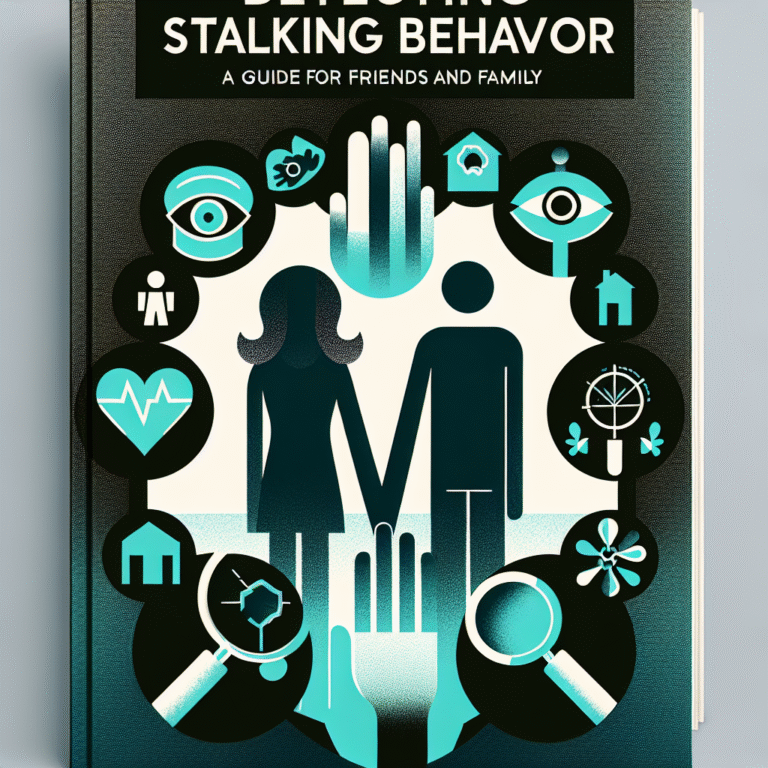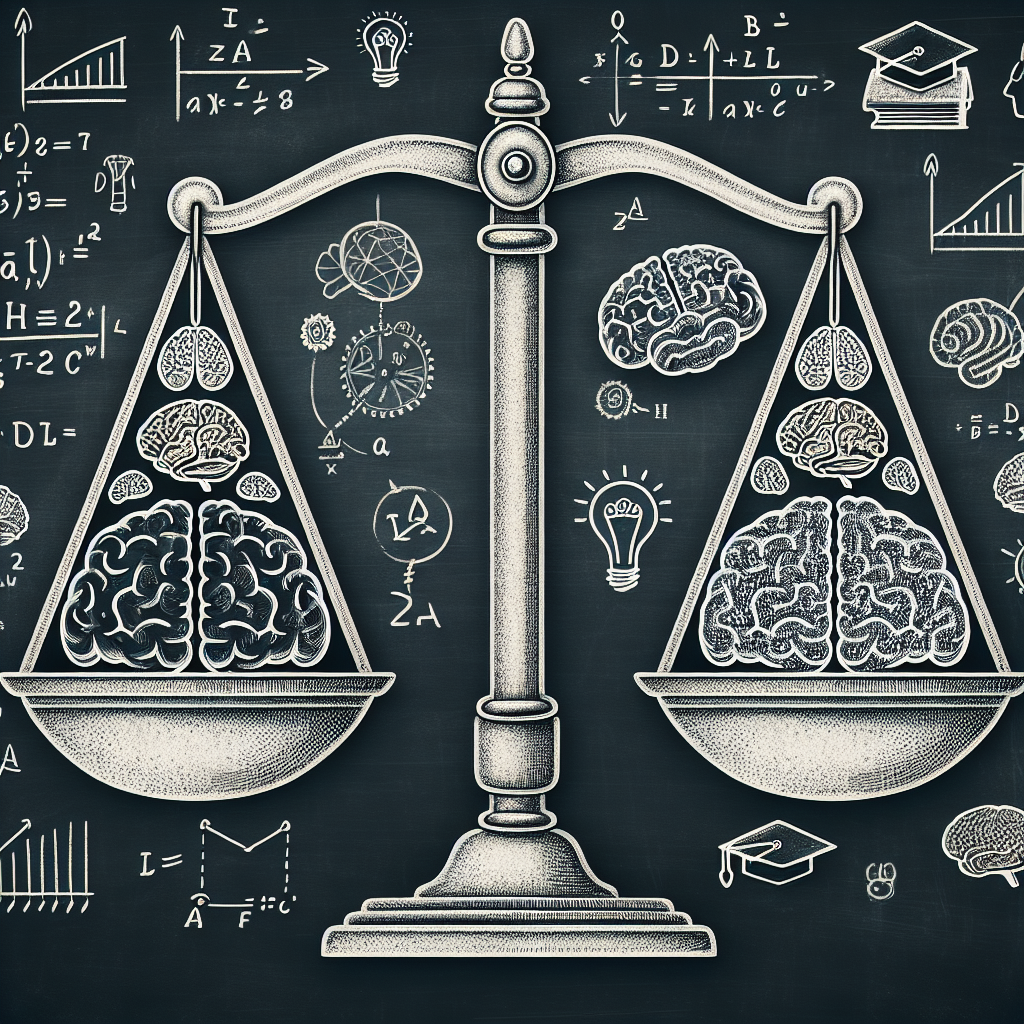
Introduction
Imagine sitting in a classroom, absorbing information from a teacher, with textbooks and notes scattered around you. The teacher, full of enthusiasm, dives into complex concepts, charts, and theories. Yet, instead of feeling enlightened, you feel overwhelmed. This feeling is more common than you might think. The interaction between cognitive load and working memory plays an essential role in our ability to learn effectively.
In this article, we’ll delve into Cognitive Load and Working Memory: Finding the Balance for Better Learning, highlighting the intricacies of how these two cognitive processes interact and their implications for educators, students, and lifelong learners. We’ll explore actionable insights, real-world case studies, and strategies for creating optimal learning environments that respect our cognitive limits.
Understanding Cognitive Load and Working Memory
What is Cognitive Load?
Cognitive Load refers to the amount of mental effort being used in the working memory. Coined by John Sweller in the 1980s, this concept is crucial in understanding how we process information.
There are three types of cognitive load:
- Intrinsic Load: The inherent difficulty of the material.
- Extraneous Load: The load imposed by the way information is presented, which can either hinder or help learning.
- Germane Load: The mental effort that contributes to learning and understanding, promoting schema formation.
What is Working Memory?
Working Memory is a system for temporarily holding and manipulating information. It’s where we do our ‘mental math,’ reason, and engage in problem-solving. Research suggests that our working memory has limited capacity—typically processing about 4 to 7 elements at a time.
The Relationship Between Cognitive Load and Working Memory
Understanding Cognitive Load and Working Memory: Finding the Balance for Better Learning hinges on recognizing how they interact. Ideally, we want a cognitive load that’s manageable and stimulates deeper learning without overwhelming our working memory. Overloading working memory can lead to burnout, fatigue, and ultimately disengaged learners.
Case Studies in Cognitive Load and Working Memory
Case Study 1: The Power of Multimedia Learning
In a study conducted at the University of California, researchers explored how a group of students learned through text-based vs. multimedia presentations. The multimedia group performed significantly better. This difference can be attributed to reductions in extraneous cognitive load, allowing for greater germane load, which enhanced their working memory utilization.
Analysis
This case illustrates the importance of minimizing extraneous load to maximize effective cognitive load, thus improving learning outcomes.
Case Study 2: The Use of Chunking
In an experiment with medical students, researchers implemented chunking strategies to enhance recall of complex information. Students who learned using chunked information retained 30% more than their peers.
Analysis
Chunking reduces intrinsic load, allowing working memory to accommodate more complex concepts, reinforcing the idea that a balance is essential for effective learning.
Strategies for Balancing Cognitive Load and Working Memory
1. Embrace Active Learning
Active learning techniques engage students by involving them directly in the process. Techniques such as discussions, problem-solving activities, and peer teaching can help reduce cognitive load by allowing learners to apply what they learn in a tangible way.
2. Use Visual Aids
Visual aids support learning by reducing extraneous cognitive load. Diagrams, infographics, and videos can help students make connections more quickly than text alone.
| Visual Aid Type | Benefits |
|---|---|
| Diagrams | Simplify complex information |
| Infographics | Combine data with visuals for retention |
| Videos | Offer dynamic content that displays concepts in action |
3. Foster a Growth Mindset
Encouraging a growth mindset in your learning environment can help learners perceive challenges as opportunities for growth rather than threats. This mindset reduces pressure and encourages resilience, which can help manage cognitive load.
4. Be Aware of Intrinsic Load
Know your audience. Tailoring content to the existing knowledge level of learners can minimize intrinsic load. Offering foundational knowledge can prepare students to tackle more advanced material.
5. Encourage Breaks and Reflection
Allowing time for breaks and reflection provides learners an opportunity to process information, thereby enhancing learning retention and reducing cognitive fatigue.
Potential Pitfalls in Learning Environments
1. Information Overload
One common mistake is bombarding students with too much information at once. This can lead to cognitive overload and disengagement. A focused approach with clear objectives can help mitigate this risk.
2. Poor Instructional Design
When materials are poorly organized, they can add extraneous cognitive load, making it difficult for learners to extract relevant information. Streamlined instructional design prioritizes learner interaction and facilitates easier navigation of content.
3. Neglecting Individual Differences
Each individual has a unique cognitive makeup, and what works for some may not work for others. Adapting learning techniques to accommodate different learning styles ensures a balanced approach.
Conclusion
Understanding and implementing the insights from Cognitive Load and Working Memory: Finding the Balance for Better Learning can transform the educational landscape. By balancing intrinsic, extraneous, and germane loads, educators can craft rich learning environments that engage and empower students.
In practical terms, this means careful consideration of information delivery, active participation, and cultivation of a supportive environment that prioritizes understanding over rote memorization.
Takeaway
As we move forward, let us strive for a balanced approach that respects cognitive limits while maximizing the potential for learning. Knowledge is a powerful tool—let’s ensure we wield it wisely.
FAQs
1. What is the primary difference between cognitive load and working memory?
Cognitive load refers to the mental effort required to process information, while working memory is the capacity to hold and manipulate that information temporarily.
2. How can educators effectively manage cognitive load in their classrooms?
Educators can manage cognitive load by presenting material in a structured manner, using visual aids, engaging students in active learning, and providing feedback along the way.
3. What role does distraction play in cognitive load and working memory?
Distractions can significantly increase extraneous cognitive load, leading to decreased working memory efficacy. Creating a focused learning environment is essential.
4. Are there any tools to help manage cognitive load in online learning environments?
Yes, tools such as learning management systems (LMS) can help by structuring content, providing assessments, and offering multimedia materials to aid understanding while managing the learning pace.
5. Can cognitive load theory be applied outside of academic settings?
Absolutely! Cognitive load principles apply to any learning scenario, including corporate training, skill acquisition, and even personal development, enabling effective knowledge transfer across various contexts.
By exploring Cognitive Load and Working Memory: Finding the Balance for Better Learning, we can unlock the potential for more effective and enjoyable educational experiences, serving learners beyond the classroom.


